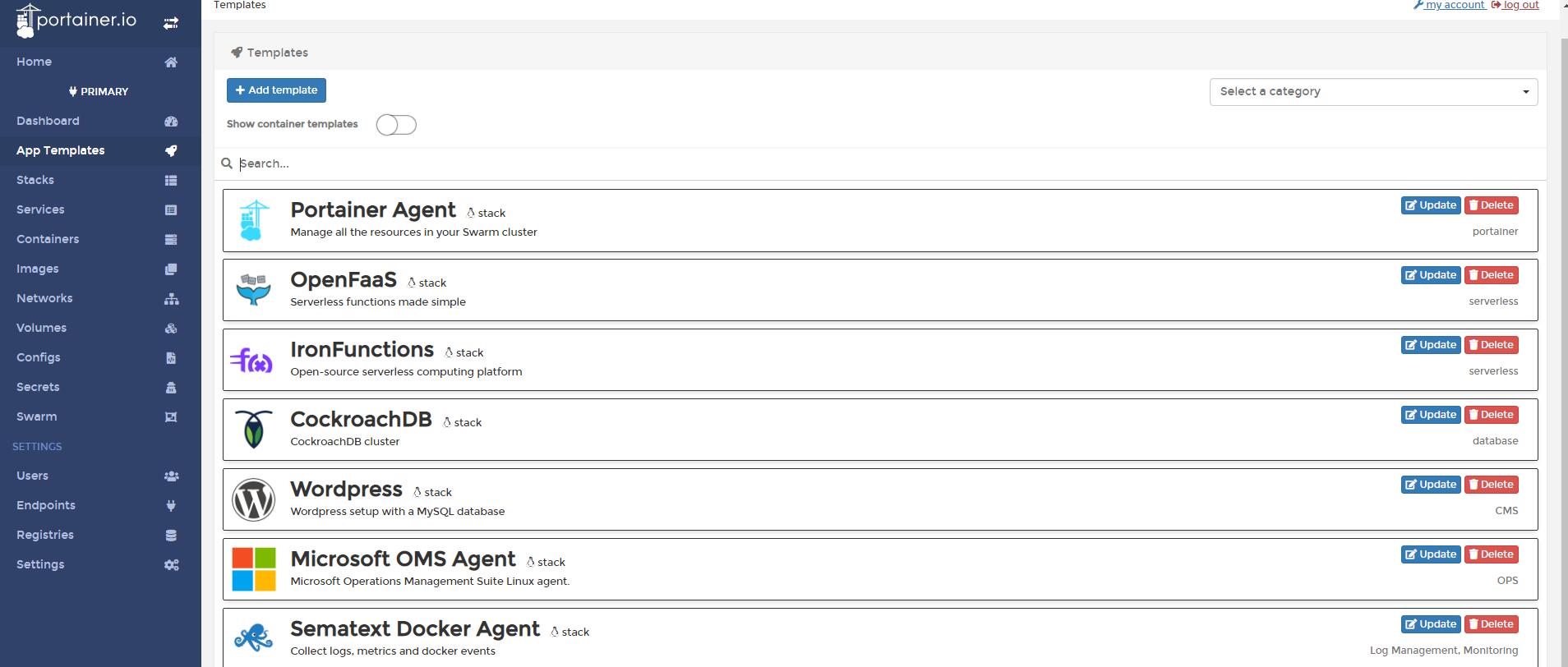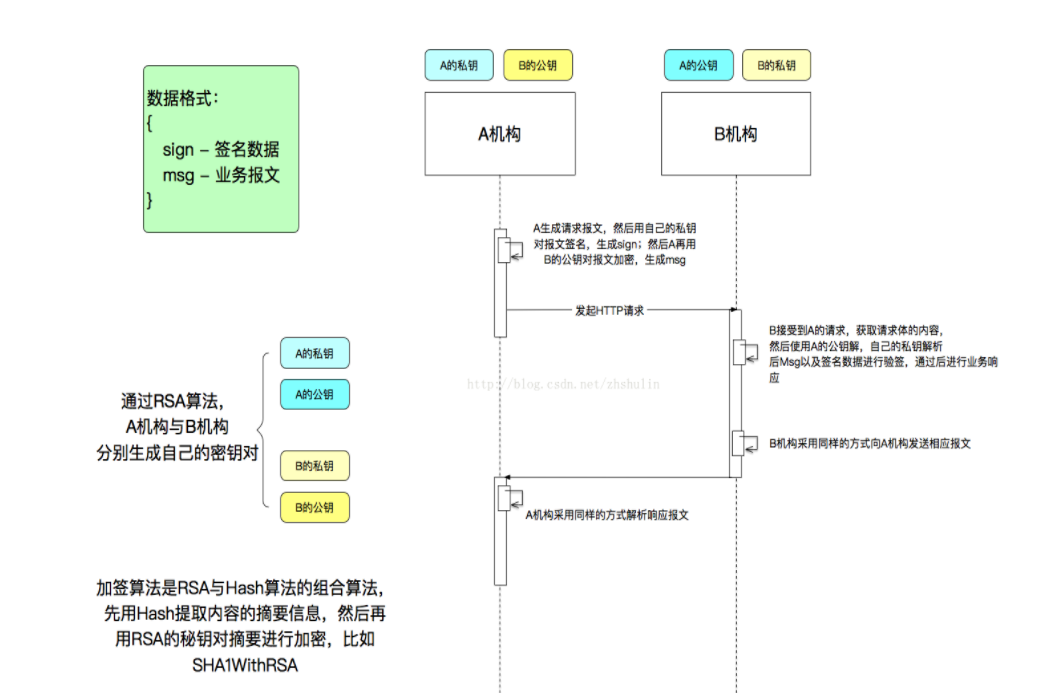可以将文章内容翻译成中文,广告屏蔽插件可能会导致该功能失效(如失效,请关闭广告屏蔽插件后再试):
问题:
I was thinking of making a small tool. It is not important what the tool will do. The important thing, is that the tool will need to store some sensitive information on the user's HDD. EDIT: The information that will be stored is USER'S information - I'm not trying to protect my own content, that I distribute with the app.
I understand that I need to encrypt this information. But then, where do I safely store the encryption password? It's some sort of an infinite recursion...
So, is there a way, to encrypt information on windows, and have windows securely manage the passwords? When I say windows I mean Windows XP SP2 or later.
I should also note, that users on the same system must not have access to other users information (even when they are both running my application).
I'm looking for both - .NET 2.0 (C#) and native (C/C++) solutions to this problem.
回答1:
is there a way, to encrypt information on windows, and have windows securely manage the passwords?
CryptProtectData: http://msdn.microsoft.com/en-us/library/windows/desktop/aa380261(v=vs.85).aspx
Using from .NET: http://msdn.microsoft.com/en-us/library/aa302402.aspx
Historically, Protected Storage (available in XP, read-only in vista+): http://msdn.microsoft.com/en-us/library/bb432403%28VS.85%29.aspx
回答2:
You should consider using DPAPI for this purpose. It will encrypt your data with a special (internal) symmetric key which is on per-user basis. You don't even need to ask for passwords in this case, because different users on the system will have different keys assigned to them.
The downside of it might be that you can't recover the data if the user is deleted/Windows reinstalled (I believe that this is the case, not quite sure though). In that case encrypt the data with a "self-generated" key derived from the password and store the password in registry/file encrypted using DPAPI.
回答3:
You can use the native encryption facility. Set the encrypt attribute on your folder or file (from the property page, click on the "advanced" button). Then you can set the users that can access the file (by default this only includes the file creator). The big advantage of this solution is that it is totally transparent from the application and the users points of view.
To do it programmatically: using the Win32 API, call EncryptFile() on the directory where you want to store your sensitive per-user data. From now on all newly created files within this dir will be encrypted and only readable by their creator (that would be the current user of your app). Alternatively you can use the FILE_ATTRIBUTE_ENCRYPTED flag on individual files at creation time. You can check encryption info from the explorer on the file's property page, and see that app-created files are correctly encrypted and restricted to their respective users. There is no password to store or use, everything is transparent.
If you want to hide data from all users then you can create a special app-specific user and impersonate it from your app. This, along with ACLs, is the blessed technique on Windows for system services.
回答4:
You might want to look at Isolated Storage, which is a way of storing settings and other data on a per-application data automatically.
See an example and MSDN.
This is an alternative to storing normal settings in the registry, a better one in a lot of cases... I'm not sure how the data is stored to file however so you'd need to check, you wouldn't want it to be accessible, even encrypted, to other users. From memory only the app. that created the storage can open it - but that needs checking.
Edit:
From memory when I last used this, a good approach is to write a "Setting" class which handles all the settings etc. in your app. This class then has the equivalent of Serialize and DeSerialize methods which allow it to write all its data to an IsolatedStorage file, or load them back again.
The extra advantage of implementing it in this way is you can use attributes to mark up bits of the source and can then use a Property Grid to quickly give you user-edit control of settings (the Property Grid manipulates class properties at runtime using reflection).
回答5:
I recommend you look at the Enterprise Library Cryptography Application Block. Check this blog post. Windows has a built in Data Protection API for encrypting data, but the Crypto Application Block makes it more straightforward.
回答6:
Um, what you're trying to achieve is exactly what DRM tried to achieve. Encrypt something then give the user the keys (however obfuscated) and the crypto. They did it with DVDs. They did it with Blu-Ray. They did it with iTunes.
What you are proposing to do will never be secure. Your average lay person will probably not figure it out, but any sufficiently motivated attacker will work it out and discover the keys, the algorithm and decrypt the data.
If all you're doing is encrypting user data then ask the user for their password. If you're trying to protect your internal data from the user running the application you're S.O.L.
回答7:
Erm hash the password? You don't need to store the real deal anywhere on the machine just a hashed password (possibly salted too). Then when the user enters their password you perform the same operation on that and compare it to the hashed one you've stored on disk.




